Recap of the ‘Archaeology of the Arctic’ International Conference in Salekhard
The 2nd ‘Archaeology of the Arctic’ International Conference has concluded in Salekhard. The conference brought together more than 50 prominent scientists, including archaeologists, ethnographers, anthropologists, paleoecologists, and representatives of other scientific fields from Russia and Germany.
The conference lasted for four days and consisted of six sections that were devoted to the search for new artifacts of different eras in northern Siberia, cultural anthropology and phenomena, traditions, the settlement of the northern territories and trade routes, heritage, politics, and much more.
More than 30 reports were presented in person or online. Presentations were made by representatives of some of the largest scientific centres from Yakutsk to St. Petersburg, including Ural Federal University, the Institute of Archaeology and Ethnography of the Siberian Branch of the Russian Academy of Sciences, the Institute of the History of Material Culture of the Russian Academy of Sciences, the Russian Ethnographic Museum, and others. The participants discussed such issues as human development in the northern territories, cult and religious rites, the diet of the inhabitants of northern Siberia in ancient times and the Middle Ages, the establishment of traditional types of economic activities and folk crafts, and features of the decoration of dishes and jewellery from different eras, among other subjects.
Archaeologists from the Yamal Peninsula also presented the results of their research to the scientific community. Arctic Research Centre researchers Olga Tupakhina and Daniil Tupakhin spoke about a study they conducted at the Yorkutinskaya site in the Yerkutayakha River basin on the Yamal Peninsula. Senior Researcher Andrey Plekhanov gave a presentation on the use of deer shoulder blades found at the Ust-Poluy and Yarte-6 sites in Yamal. Researcher Alexander Gusev spoke about the funeral rites of people in the north of Western Siberia.
“Modern archaeological research is carried out across the most diverse sciences, which at first glance seem incompatible with each other. But this interdisciplinary approach is precisely what helps scientists obtain information about the health and diet of the Arctic inhabitants in the past, which helped the human body in ancient times adapt to living in harsh climatic conditions,” said Plekhanov, a senior researcher at the Department of History and Archaeology of the Arctic Research Centre.
The abstracts from the conference were detailed in a separate printed publication and provided to the event participants.
In the near future, the conference participants will send their proposals for the final resolution of the 2nd ‘Archaeology of the Arctic’ International Conference, which will identify key focus areas for activities in individual periods, eras, and regions for the coming years, as well as set the date for the next conference.
The conference was organized by the Department of Foreign Relations of the Yamalo-Nenets Autonomous District and the Arctic Research Centre, a state-owned autonomous institution of the Yamalo-Nenets Autonomous District.
In 2021–2023, Russia is the chairman of the Arctic Council. One of the priorities of Russia’s chairmanship is international scientific cooperation. The Roscongress Foundation organizes events during Russia’s chairmanship in the Arctic Council.

